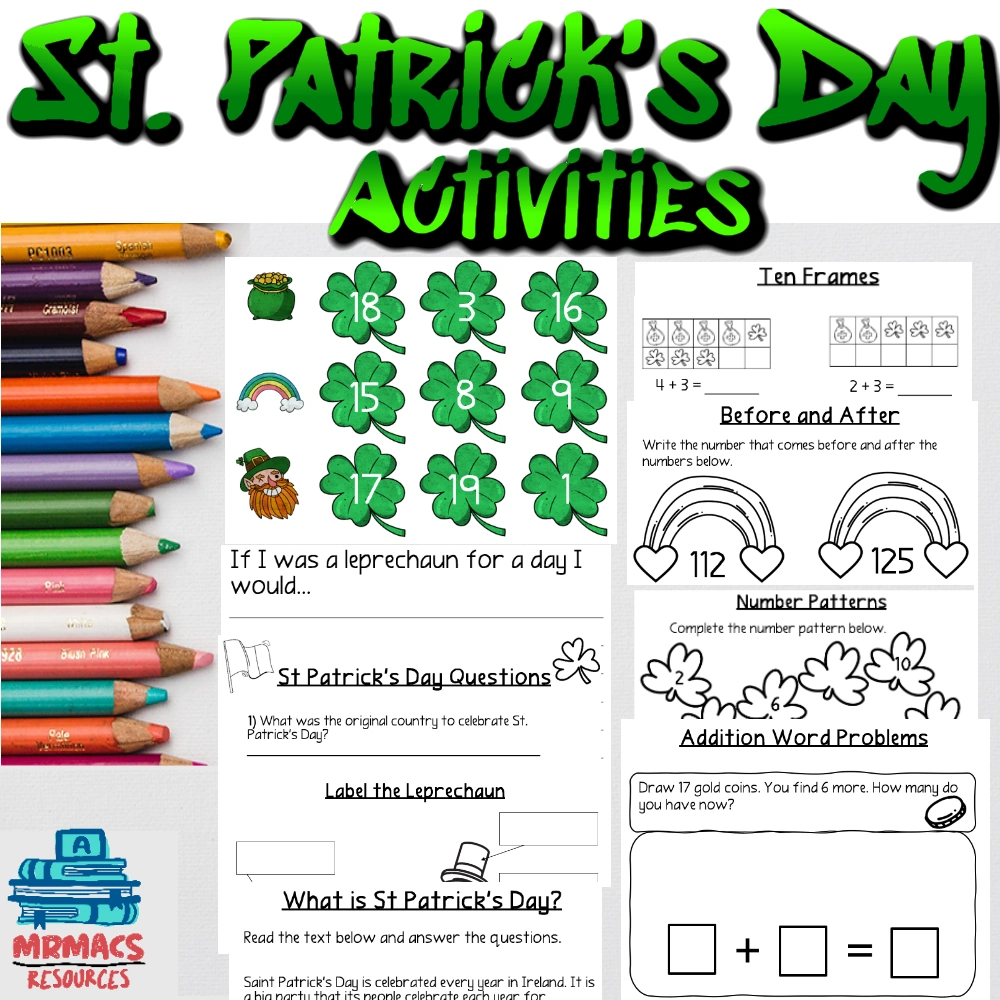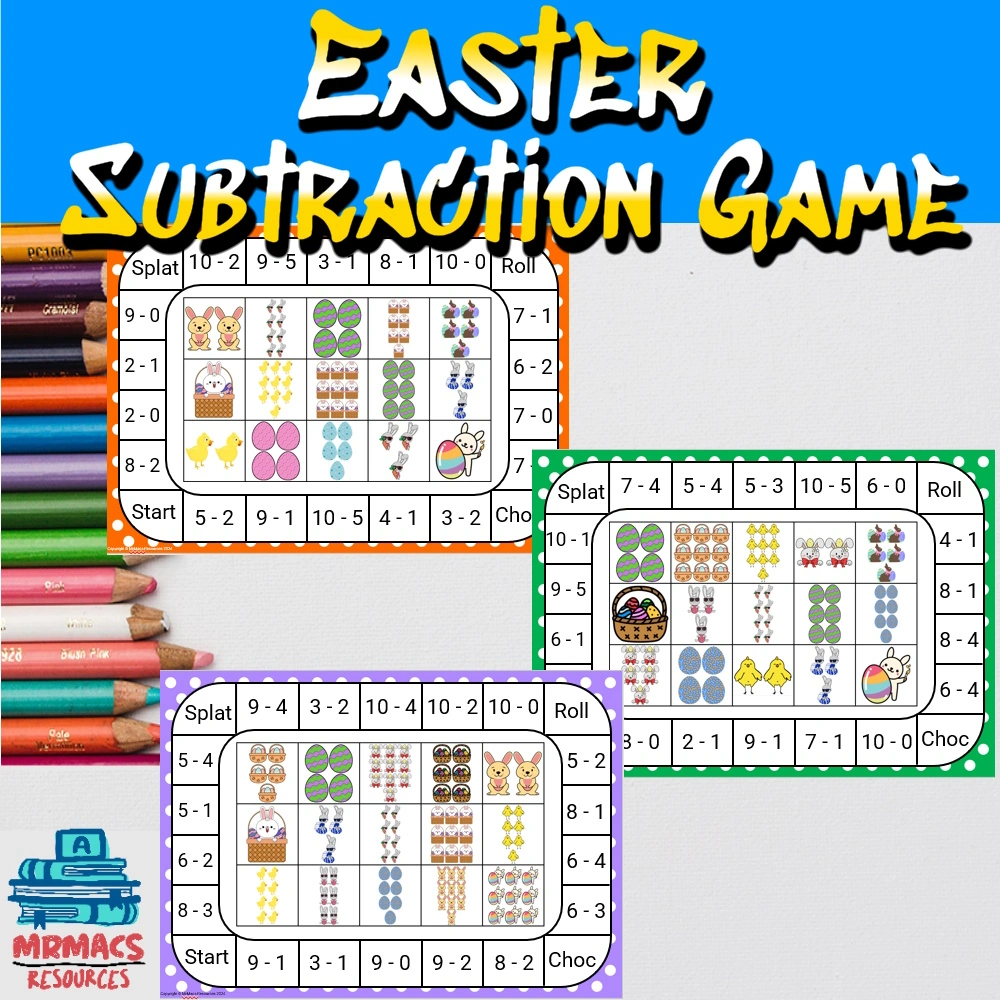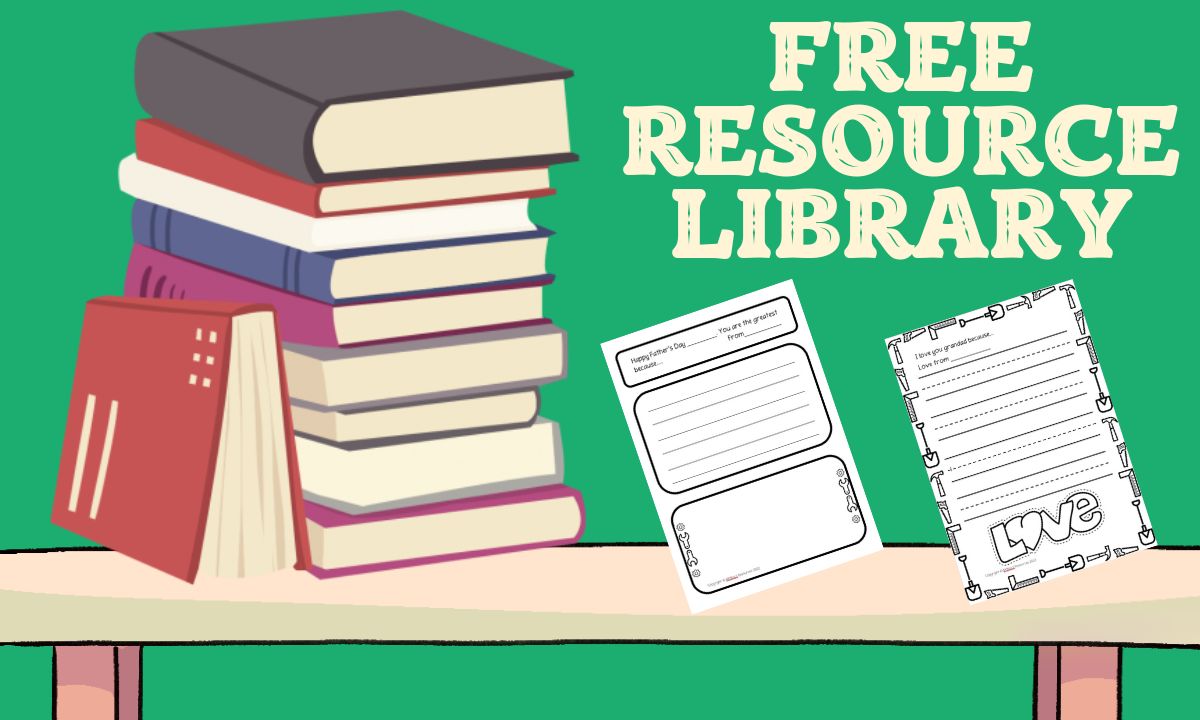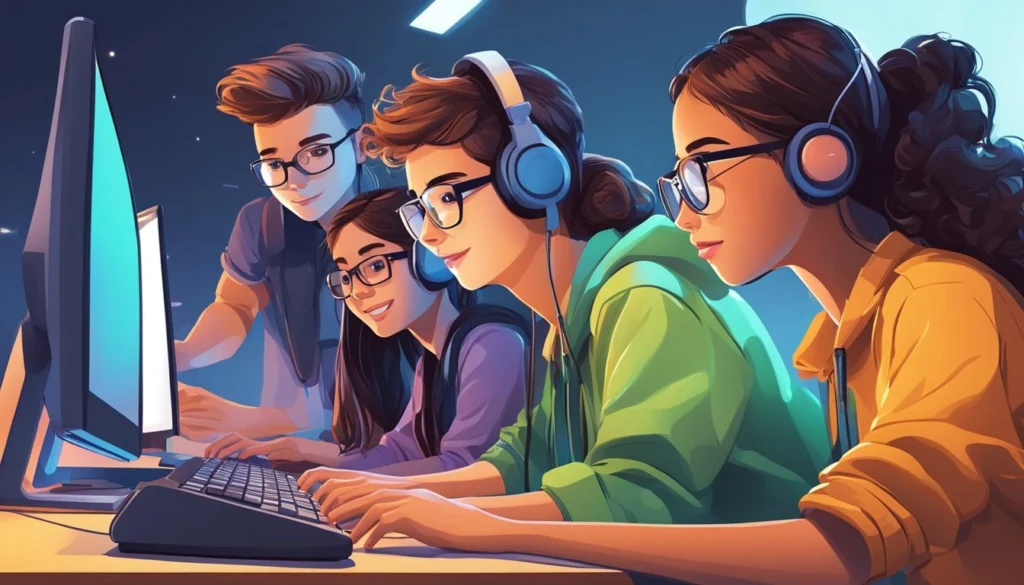
Technology in the classroom is changing how we teach and learn. Adding tech to your classroom can make lessons more fun and help students learn better. You can use things like desktop computers, laptops, tablets, and interactive whiteboards to teach in new ways.
Using technology in your classroom lessons can boost student engagement and help them learn important digital skills. There are many tools you can try, from apps or games that make maths more exciting to virtual field trips that bring faraway places to life. To add, these tools let you tailor lessons to each student’s needs and pace.
Bringing tech into your teaching doesn’t have to be hard. Start small by trying one new thing at a time. You might show videos to explain tricky topics or use online quizzes to check what students have learned. Ultimately, as you get more comfy with tech, you’ll find various ways to make your lessons even better.
Technology in the Classroom - Foundations of Educational Technology
Digital tools and technology integration are changing how students learn. They give teachers new ways to engage kids and meet learning goals. But using tech well takes know-how and planning.
Understanding Digital Tools in Education
Digital tools in the classroom come in many forms. You might use tablets, laptops, or interactive whiteboards. These gadgets help make lessons more exciting. They let you show videos, play educational games, and do online research.
Apps and software are key too. You can find programs for every subject. For example, maths apps like Mathletics help kids practise various concepts taught in maths. Alternatively, science apps bring experiments to life, while word processors make writing easier to edit.
Online resources expand what you can teach. Virtual excursions take students to far-off places. Video chats connect your class with experts and digital libraries give access to countless books.
As you can see, the addition of technology in the classroom can be quite valuable!
Enhancing the Learning Process with Technology
Technology can make learning more personal. You can use programs that adjust to each student’s level. This helps kids move at their own pace. Fast learners can push ahead, while those who need more time can get extra help.
Group projects become easier with shared online docs. Students can work together even when they’re not in the same room. This builds teamwork skills.
What’s more, tech also lets you track progress better. Online quizzes give instant feedback. You can see which topics need more work. This helps you plan your lessons.
Moreover, digital skills are vital for kids’ futures. By using technology in the classroom, you’re preparing them for the world ahead. But remember, it’s important to teach safe and smart tech use too.
Strategies for Active Engagement When Using Technology in the Classroom
Technology offers many ways to get students excited about learning. When used well, it can make lessons more fun and help kids work together better.
Interactive methods for Student Engagement
You can use online quizzes to make reviewing material more exciting. Websites like Blooket! let you create fun, game-like content that get the whole class involved. Students love competing against each other while testing their knowledge.
Another great tool is virtual reality (VR). With VR headsets, you can take your class on virtual field trips to far-off places. Imagine exploring ancient Rome or diving into the Great Barrier Reef without leaving the classroom!
Furthermore, don’t forget about digital storytelling. Apps like Adobe Spark let students create their own videos and presentations. This gets them actively involved in the learning process.
Collaboration and Creativity in the Classroom
Group projects using shared online documents are brilliant for teamwork. Tools like Google Docs allow students to work together in real-time, even from home. This teaches them how to communicate and solve problems as a team.
Additionally, you can also use mind-mapping software to boost creativity. Programs like MindMeister help students brainstorm ideas and organise their thoughts visually. It’s a great way to plan your writing or research projects.
To add, online forums and discussion boards are top-notch for sparking debates. Set up a class forum where students can share ideas and respond to each other’s posts. This will help develop their writing skills and encourage them to think critically about topics.
Leveraging Technology in the Classroom for Assessment and Feedback
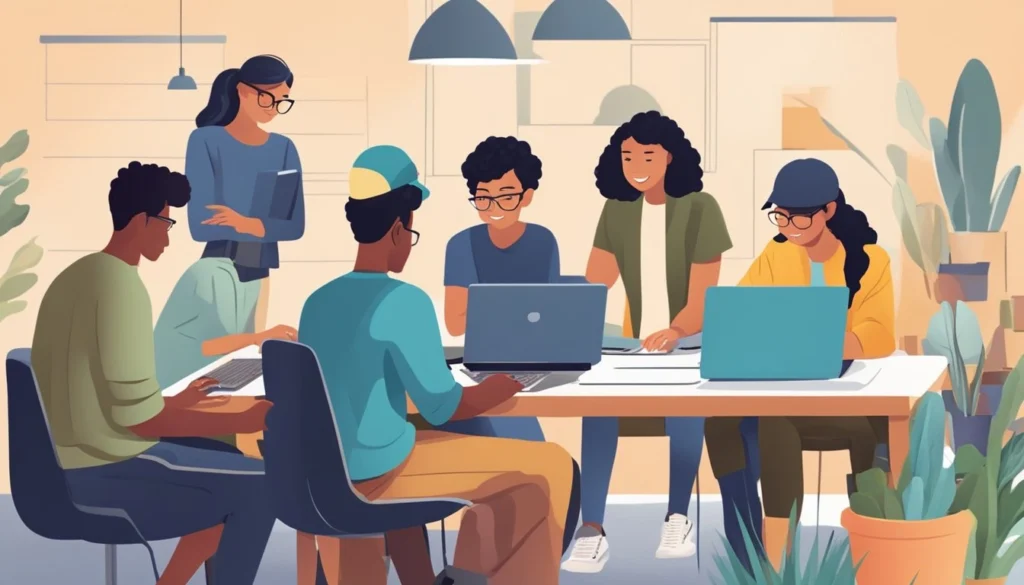
Technology in the classroom offers exciting ways to check student learning and give helpful feedback. New tools make it easier for teachers to track progress and for students to see how they’re doing.
Technology in the Classroom - Innovative Assessment Tools and Techniques
Digital quizzes and tests can give students quick results. Additionally, you can use apps that let kids answer questions on tablets or laptops. What is good about these tools is they often mark answers right away. This means you and your students know how they’re going straight after a lesson.
Online surveys are great for getting student opinions too. You might ask about tricky topics or how they feel about a class project. Why not use digital badges to show when kids master new skills? It’s like getting a gold star, but online!
What’s more, Teacher Pay Teachers has loads of ready-made digital tests. These save you time and give kids fun ways to show what they know.
Utilising Data for Personalised Learning
Using technology in the classroom can help you spot patterns in how your class is learning. Now keeping track of grades and test scores can be quite easy. I personally keep track of my students test scores using a Google sheet. This enables me to see which topics I need to cover again and which ones my students have nailed.
In turn, this showcases what direction I need to focus on when I write my teaching program. In addition, it helps me tailor my teaching to each student’s needs.
I can then use this info to group students for maths or reading groups or to plan my lessons. It’s like having a helper that tells me exactly what each student needs to learn next.
Conclusion
Incorporating technology in the classroom offers a dynamic and engaging approach to enhance student learning and motivation.
By utilising interactive tools, gamified learning platforms, and collaborative online resources, educators can create an environment that caters to diverse learning styles and fosters creativity.
These innovative methods not only make learning more enjoyable but also prepare students for a technology-driven world.
Ultimately, embracing technology in education can transform the learning experience, making it more relevant, exciting, and effective for all learners.
How do you envision incorporating technology in your classroom to enhance student engagement and learning outcomes?
About The Author

Hi! My name is Mr Mac. I am a K – 6 teacher. I love to create resources for teachers to make their teaching lives easier.

